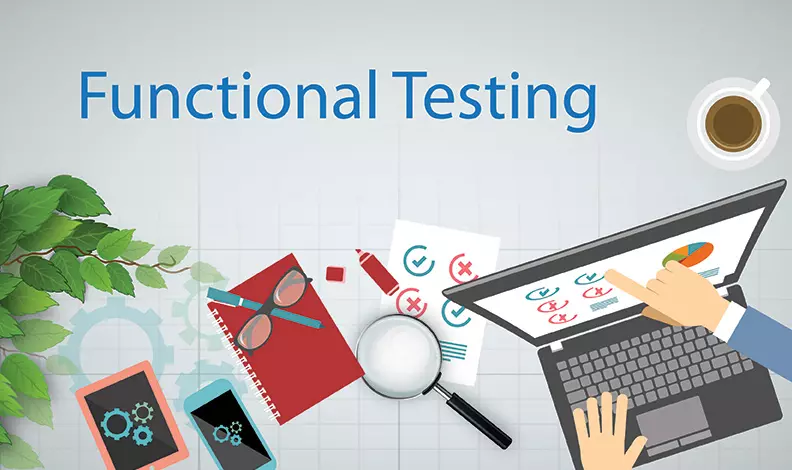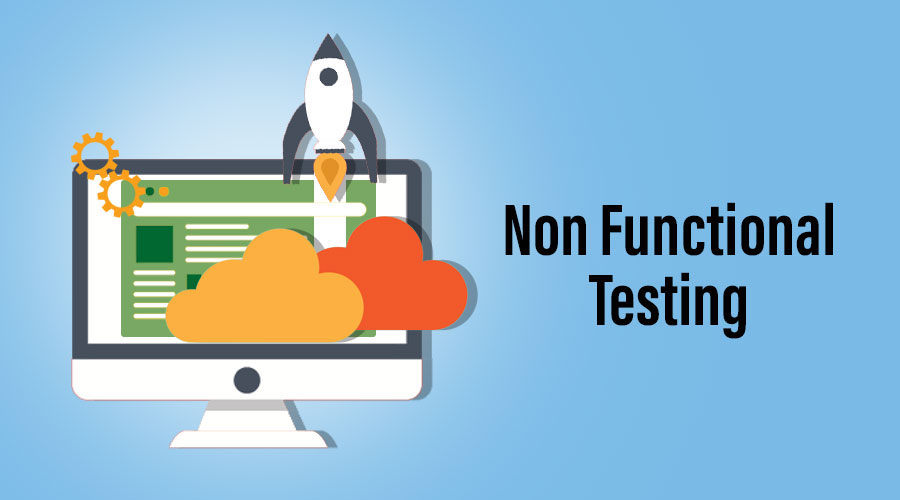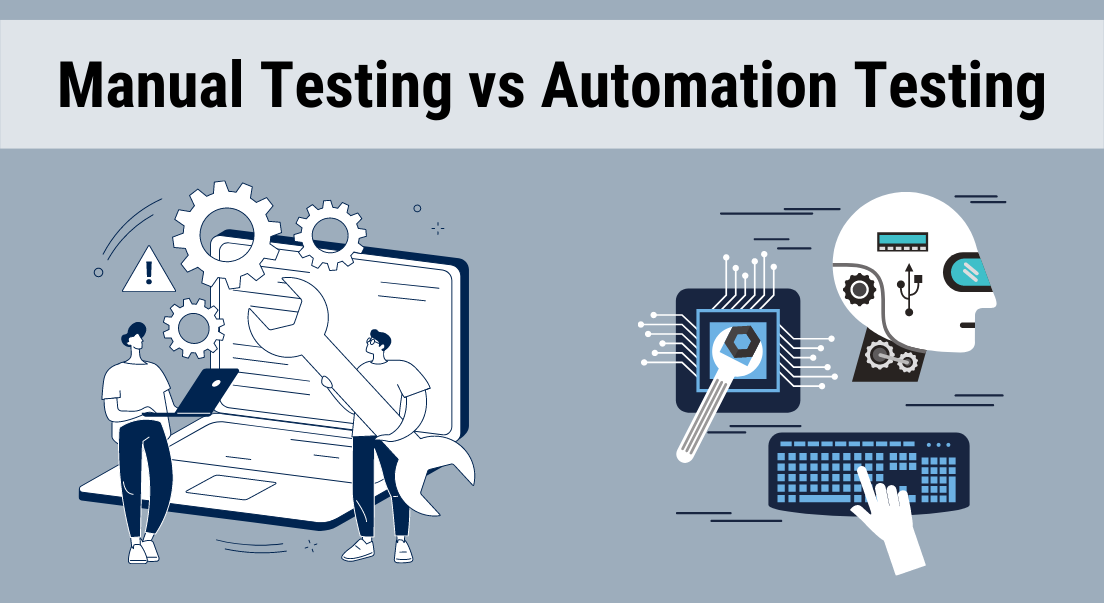Boost performance, tighten security, and ensure smooth user experiences! Discover how different software testing types can elevate your app to the next level.
In the realm of software development, where innovation reigns supreme, ensuring quality is paramount. Software testing, a meticulous process that safeguards users from glitches and guarantees seamless experiences, plays a vital role in this endeavor.
Unlike a carpenter with a single hammer, software testers wield a diverse toolbox, each meticulously crafted to address specific concerns. With numerous software testing types available, testers must know how to choose the right instrument for the job.
So, how many main testing types are there in software testing? This article aims to help you navigate the complexities and equip yourself with the knowledge to select the appropriate testing approach for your project.
Functional Testing: Building the Blocks of Reliability

At the bedrock lies functional testing—the cornerstone of ensuring software performs its intended tasks flawlessly. There are four different types of functional software testing.
Unit Testing
Unit testing is a crucial software testing type that helps ensure that each piece of code works as expected. The main goal is to catch and fix mistakes early in the development process, saving you time and money in the long run.
There are two types of unit testing: white-box and black-box testing. White-box testing is all about looking at the structure and flow of the code. On the other hand, black-box testing focuses on how the code behaves on the outside, like inputs and outputs.
To do unit testing, you can use various tools like JUnit, NUnit, Mockito, EasyMock, JaCoCo, and Cobertura. They help you test your code effectively and ensure it meets the desired quality standards.
Integration Testing
Basically, integration testing checks to see if individual parts of the software (like modules, components, and systems) are working together as they should be.
There are different levels of integration testing that you can do, like module testing (which looks at individual parts), component testing (which checks multiple factors together), and system testing (which looks at the whole system).
That being said, integration testing can be tricky sometimes. There are many different parts to consider. Therefore, ensuring everything works together correctly can take a lot of work.
System Testing
System testing is another crucial type of software testing. It’s like giving the final exam to your creation to check if everything works as it should.
There are different types of system testing, each with its own purpose. For example:
- Smoke testing is like a quick check to ensure the most critical functions work.
- Sanity testing is a secondary examination to ensure that the changes made to the system haven’t caused any problems.
- Regression testing ensures everything still works after changes have been made.
Overall, system testing is an important step to ensure your software is of the highest quality and meets the needs of the people who will be using it.
Acceptance Testing
Acceptance testing involves testing your software’s functionality to make sure it meets all the desired specifications and requirements.
There are a few different types of acceptance testing, including user acceptance testing, alpha testing, and beta testing. User acceptance testing is when you have the end-users test the software’s functionality. In contrast, alpha and beta testing are phases you conduct before the software’s official release.
When it comes to acceptance testing, you’ll need to set specific criteria to meet before you can sign off on the software. These criteria may include things like functional requirements, performance requirements, design specifications, and user experience requirements. Once the software has met all the criteria, you’re ready to sign off on it and release it to the world with confidence!
Non-Functional Testing: Beyond the Gears

While software functional testing types reign supreme, software whispers with silent languages: performance, security, and usability.
Performance Testing
Performance testing is all about making sure the system works quickly and efficiently. Identifying any problems that might create slow-downs or other issues for users is essential.
There are various types of performance testing, including load testing, stress testing, and scalability testing. They all help you simulate different conditions and workloads so you can identify potential issues and fix them before they become a problem.
To do performance testing, you’ll need to use many different tools and techniques, like performance testing frameworks, load generators, profiling tools, and monitoring tools.
Security Testing
Security testing refers to the process of identifying vulnerabilities and weaknesses in a system, network, or application that could potentially be exploited by attackers. The primary purpose is to ensure the system is secure and protected from unauthorized access, data breaches, and other security threats.
There are different types of security testing that can be done, such as vulnerability scanning and penetration testing. Vulnerability scanning uses automated tools to find potential weaknesses in a system or application. On the other hand, penetration testing involves simulating an attack to get a more detailed look at any vulnerabilities.
Various tools are used in security testing, depending on what kind of testing you’re doing. Some, like Nessus and OpenVAS, can help identify vulnerabilities in a system, while others, like Metasploit, are used to simulate attacks. Techniques that might be used include code review, risk assessment, and threat modeling.
Usability Testing
This is a way to make sure that your websites or applications are easy to use and enjoyable for people. The idea is that you want to identify any issues that might get in the way of a great user experience.
There are a couple of different types of usability testing that you can use. One is called heuristic evaluation, where experts look at the product and ensure it follows some basic guidelines for usability. The other type is called user testing, where we watch real people use the product and see if they have any trouble with it.
We have many different tools and techniques to help us with usability testing. For example, you might ask people to fill out a survey or questionnaire, or you might have a feedback session where people can tell you what they think.
Manual vs. Automated Testing: A Balancing Act

Two distinct philosophies vie for dominance within the software testing types: manual vs. automated testing. Each plays a crucial role, and choosing the right approach is a delicate dance.
Manual Testing
Manual testing involves human testers meticulously interacting with the software, exploring its functionalities, and uncovering bugs. Its strengths lie in its flexibility, adaptability, and ability to tackle complex, non-repetitive scenarios.
Think of it as a seasoned detective, sniffing out inconsistencies and anomalies with intuition and experience. Additionally, manual testing provides valuable insights into user behavior and usability, ensuring the software feels intuitive and natural.
Automated Testing
Automated testing—the rising star—leverages scripts and tools to execute repetitive tasks quickly and precisely. Its forte lies in its ability to run large sets of test cases consistently, freeing up human testers for more strategic endeavors.
Think of it as a tireless robot, tirelessly pounding the pavement to ensure stability and performance. Automated testing is ideal for regression testing, smoke testing, and other predictable scenarios where efficiency reigns supreme.
Read more: 5 Benefits of Automated Testing: A Complete Guide
The Art of the Blend: Synergy Is Key
The true magic lies not in choosing one over the other but in harnessing the strengths of both. Manual testing provides the human touch and exploratory power, while automated testing delivers speed, efficiency, and consistency. A well-designed testing strategy employs both approaches, leveraging their unique strengths to create a comprehensive and robust quality assurance shield.
Conclusion: A Symphony of Software Testing Types for a Flawless Performance
Software testing is not a linear checklist but a symphony of diverse approaches. By understanding and leveraging the different software testing types, you weave a tapestry of quality that guarantees your software functions flawlessly and delivers delightful experiences. So, arm yourselves with this knowledge, explore the tools, and embark on your journey to build software that stands the test of time.




















